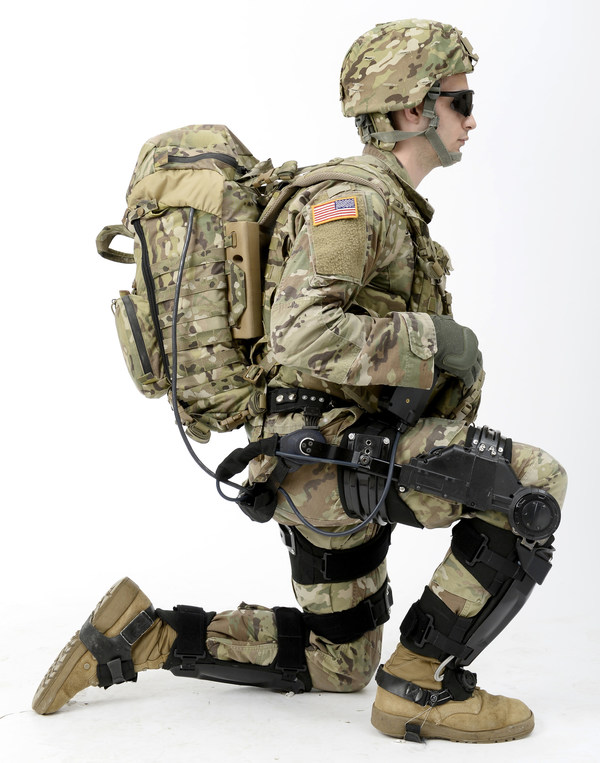
Lockheed Martin is pleased to announce that Popular Science’s “Best of What’s New” Awards 2018 has named both the ONYX exoskeleton and Miniature Hit-to-Kill (MHTK) interceptor in the Security category.
“These awards highlight the innovative technologies Lockheed Martin brings to our customers,” said Glenn Kuller, vice president of Advanced Programs at Lockheed Martin Missiles and Fire Control.
“We are developing next-generation exoskeletons to improve human performance and reduce injuries.”
“We’re also addressing a top priority for commanders in the field with a miniature interceptor designed to knock out enemy rockets, artillery and mortars.”
(See the Lockheed Martin ONYX exoskeleton in Action! Courtesy of Breaking Defense and YouTube. Posted on May 24, 2018.)
Popular Science reviews thousands of new products each year in search of the top 100 tech innovations of the year, selecting 100 winners as well as 10 Grand Award winners, which constitutes one from each of the categories.
To win, a product or technology must represent a significant step forward in its category.

“The Best of What’s New Awards allow us the chance to examine and honor the best innovations of the year,” says Popular Science Editor-in-Chief Joe Brown.
“This collection shapes our future, helps us be more efficient, keeps us healthy and safe, and lets us have some fun along the way.
From simple household items to massive space-exploration tools, we’re proud to bring you the Best of What’s New 2018.”
Developed by Lockheed Martin and powered by B-temia, ONYX is a lower body exoskeleton that counteracts overstress on the back and legs.
Ideal for military and first responders, ONYX features electro-mechanical knee actuators, a suite of sensors, and an AI computer that understands user movements and delivers the right torque at the right time to assist with walking up steep inclines, lifting or dragging heavy loads.
The ONYX exoskeleton was the Grand Award winner in the Security category.

The Miniature Hit-to-Kill (MHTK) interceptor missile is designed to defeat rocket, artillery and mortar targets through body-to-body contact without a warhead at ranges that greatly exceed those of current and interim systems.
The MHTK interceptor is less than 2.5 feet (72 cm) in length and weighs about 5 pounds (2.2 kg) at launch, yet retains the range and lethality required of a counter-RAM solution, using hit-to-kill technology, which destroys threats through an extremely accurate application of kinetic energy in body-to-body contact.
Hit-to-kill technology eliminates the incoming threat while reducing the risk of collateral damage seen in traditional blast-fragmentation interceptors.
The mini missile has the potential to bring miniaturized capabilities to the warfighter with lower costs and reduced logistic footprints, while opening a world of opportunities for applications of small interceptors.
(Lockheed Martin’s hit-to-kill (HTK) technology is a game changer in one of the most challenging domains: air and missile defense. Imagine hitting a bullet with a bullet – which is what our HTK interceptor technology does when it hits an enemy missile head on. This allows for complete destruction of an incoming target, while also defusing the risk of potential collateral damage on the ground. This technology keeps military service men and women, cities, homes and citizens safe. Courtesy of Lockheed Martin and YouTube. Posted on May 22, 2018.)
















